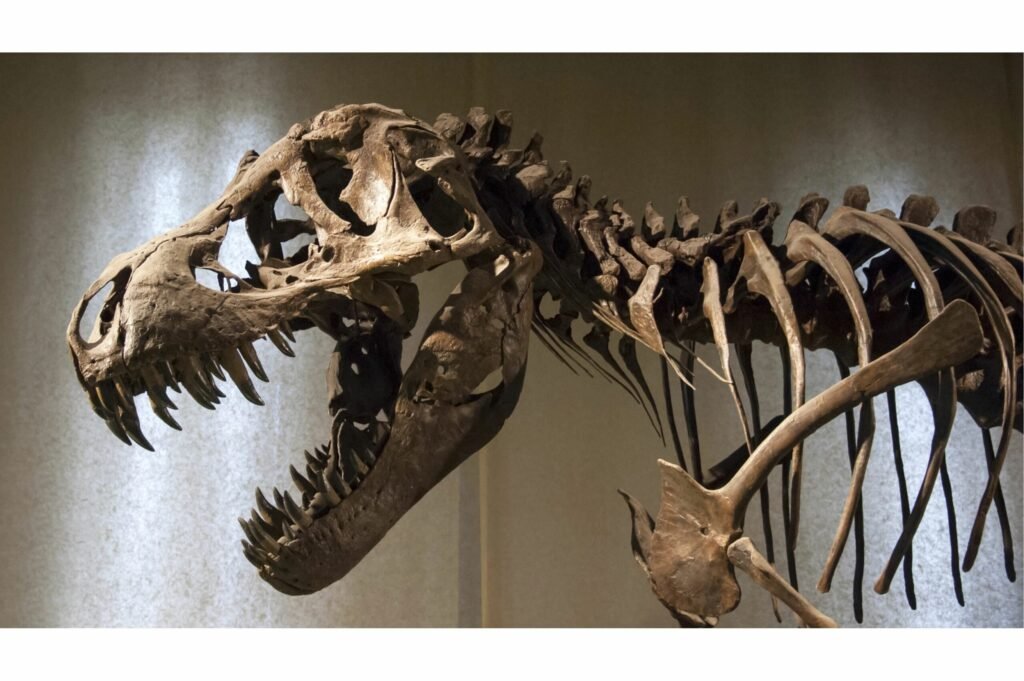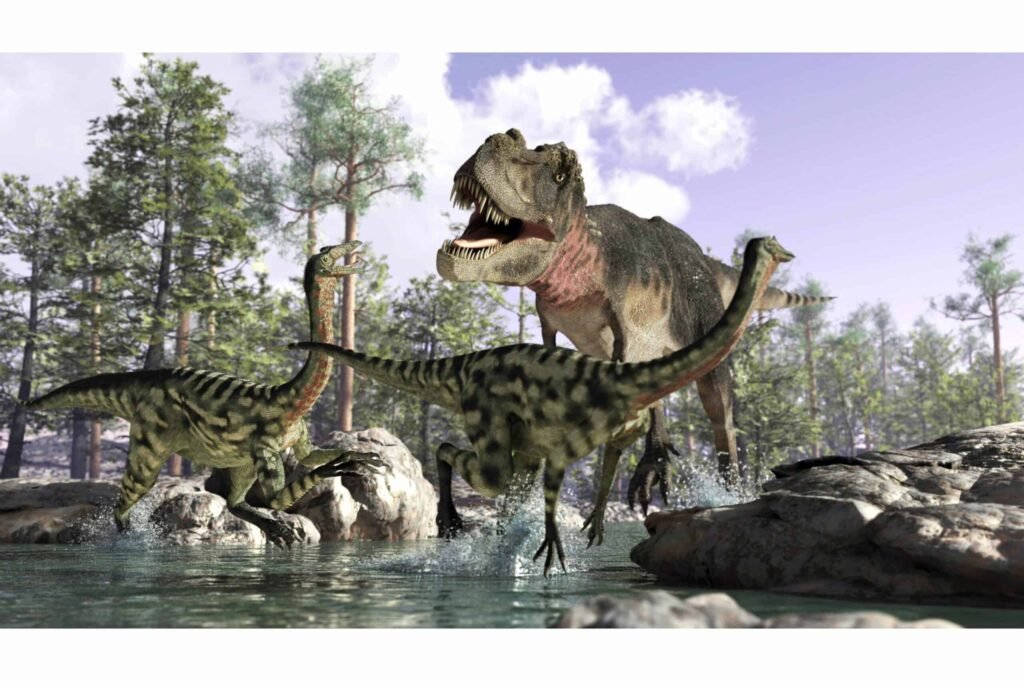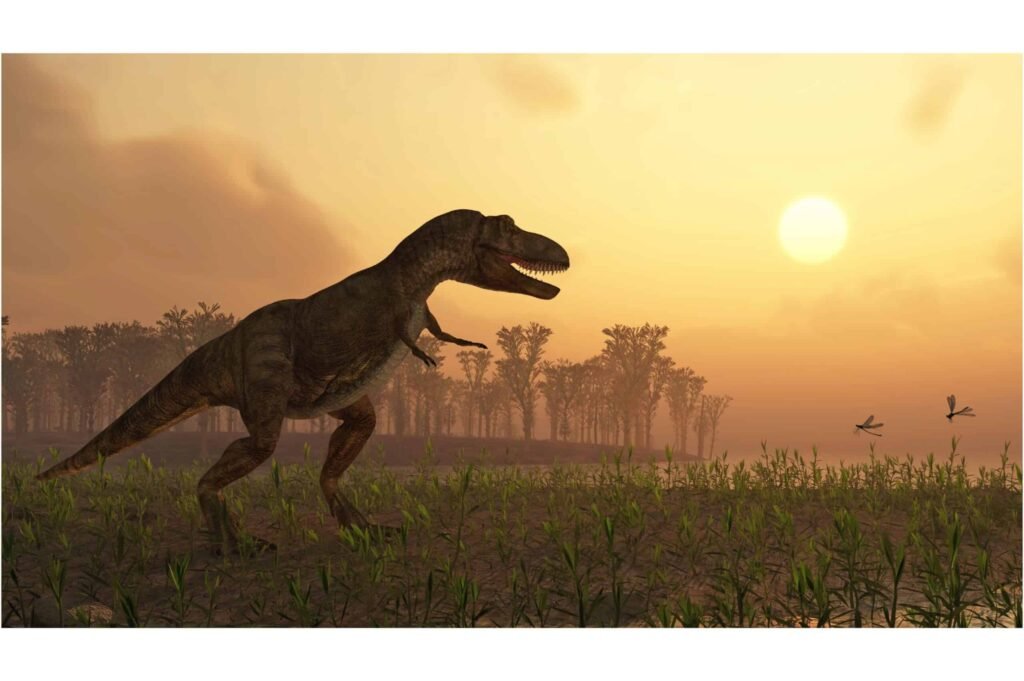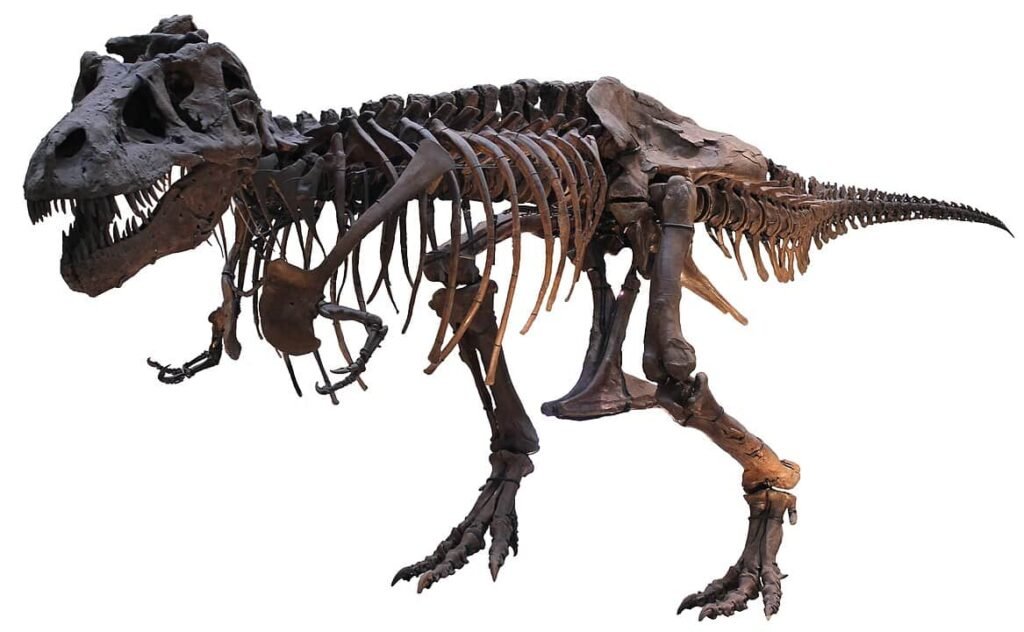The first fossils attributed to Tyrannosaurus rex, popularly known as T. rex, were discovered in the late 19th century, a time when paleontology was gaining momentum as a field of scientific inquiry. The initial discovery of T. rex fossils took place in 1902 by the renowned fossil hunter Barnum Brown in the aptly named Hell Creek Formation in Montana. This discovery would mark the beginning of a long, fascinating journey to understand one of the most iconic creatures of the dinosaur era.
Uncovering T. rex Anatomy

One of the most thrilling revelations from the study of T. rex fossils is their contribution to our understanding of dinosaur anatomy. These fossils allow scientists to piece together the skeletal structure of this apex predator. With a massive skull equipped with sharp teeth, robust limbs, and a long, powerful tail, T. rex was well suited for its role at the top of the Cretaceous food chain. Despite their intimidating size, often exceeding 40 feet in length, T. rex had relatively small forelimbs — a prime focus of scientific inquiry regarding their function.
T. rex Behavior and Hunting Strategies

T. rex fossils have also provided insights into the behavior and hunting strategies of these formidable predators. Evidence suggests that T. rex had a highly developed sense of smell, potentially aiding in tracking prey over long distances. Bite marks found on fossilized bones imply a diet that included large herbivorous dinosaurs, further cementing its status as a fearsome hunter. Some researchers propose that, rather than solely hunting, T. rex might have also scavenged, utilizing its keen olfactory sense to locate carrion.
Growth and Lifespan

Studies of T. rex fossil bones have opened windows into the growth and lifespan of these dinosaurs. By examining growth rings in fossilized bones, similar to those in trees, paleontologists have estimated that T. rex grew rapidly, especially during a growth spurt in adolescence, reaching its full size in about 20 years. Though still subject to research, it is believed that T. rex might have lived up to 30 years in the wild, which, despite being relatively short by today’s standards, was a common lifespan among large dinosaurs.
Feathers or Scales? The Skin Controversy

One of the most debated topics in the study of T. rex fossils is the dinosaur’s skin covering. Initial depictions often showed T. rex with reptilian scales, akin to modern-day reptiles. However, the discovery of feathered dinosaur relatives in the early 21st century led to speculation about the presence of feathers in even large carnivores like T. rex. Some fossilized skin impressions indicate scales, but debate continues as to whether some juvenile T. rex had feathers, possibly shedding them as they grew larger.
T. rex in Modern Culture

Beyond scientific circles, T. rex has cemented itself as a cultural icon, sparking imaginations through media portrayals in films, cartoons, and literature. It symbolizes the grandeur and mystery of the prehistoric era, drawing fascination from both children and adults alike. This cultural significance further underscores the pivotal role paleontology plays, not only in understanding the past but also in inspiring future generations.
Conclusion: The Legacy of T. rex Fossils

The study of Tyrannosaurus rex fossils stands as a testament to how much we can learn from the ancient world through careful examination and scientific inquiry. Each fossilized bone, tooth, and footprint adds to the narrative of a creature that once roamed the earth over 65 million years ago. While there remain questions to unravel and debates to settle, the existing findings provide a remarkable glimpse into the life and times of this legendary dinosaur. As new technologies and methodologies in paleontology emerge, they promise to shed further light on the king of dinosaurs, perpetuating the legacy and intrigue of T. rex.




